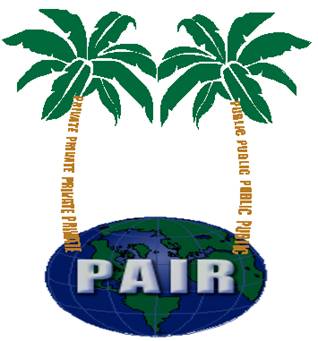What is the difference between contributory infringement and
induced infringement?
While someone can
directly infringe a patent by making, selling or using the
protected invention, someone can also indirectly infringe a patent by being
involved in conduct which eventually leads to direct infringement. There
are two types of such indirect infringement.
The first type of
indirect infringement is contributory infringement. This occurs where
something less than the whole patented invention is sold; in other words, where
someone sells, offers to sell or imports some important part of a patented
invention. However, the part sold must have no other substantial use
except for being used in the patented invention - if it does have other
substantial uses, there is no contributory infringement. For example, if
you have a patent for a pencil with an eraser, and I start selling eraser nubs,
if you can show that those eraser nubs serve no purpose except for being put on
the top of a pencil, I am a contributory infringer.
The second type of
indirect infringement is induced infringement. This is where someone does
not make, use or sell anything, but is still involved in infringement (think of
it as “aiding and abetting” infringement). For example, if I ask my
brother to have his company make and sell Doohickeys you have a patent on, I
may have induced infringement. However, an inducing infringer must take
some initiating step of his own - so if my brother just orders some parts from
me to use in his product which will end up infringing your Doohickey, I am not
an inducing infringer because I did not take anyactive steps.



















 Posted in:
Posted in: 





















